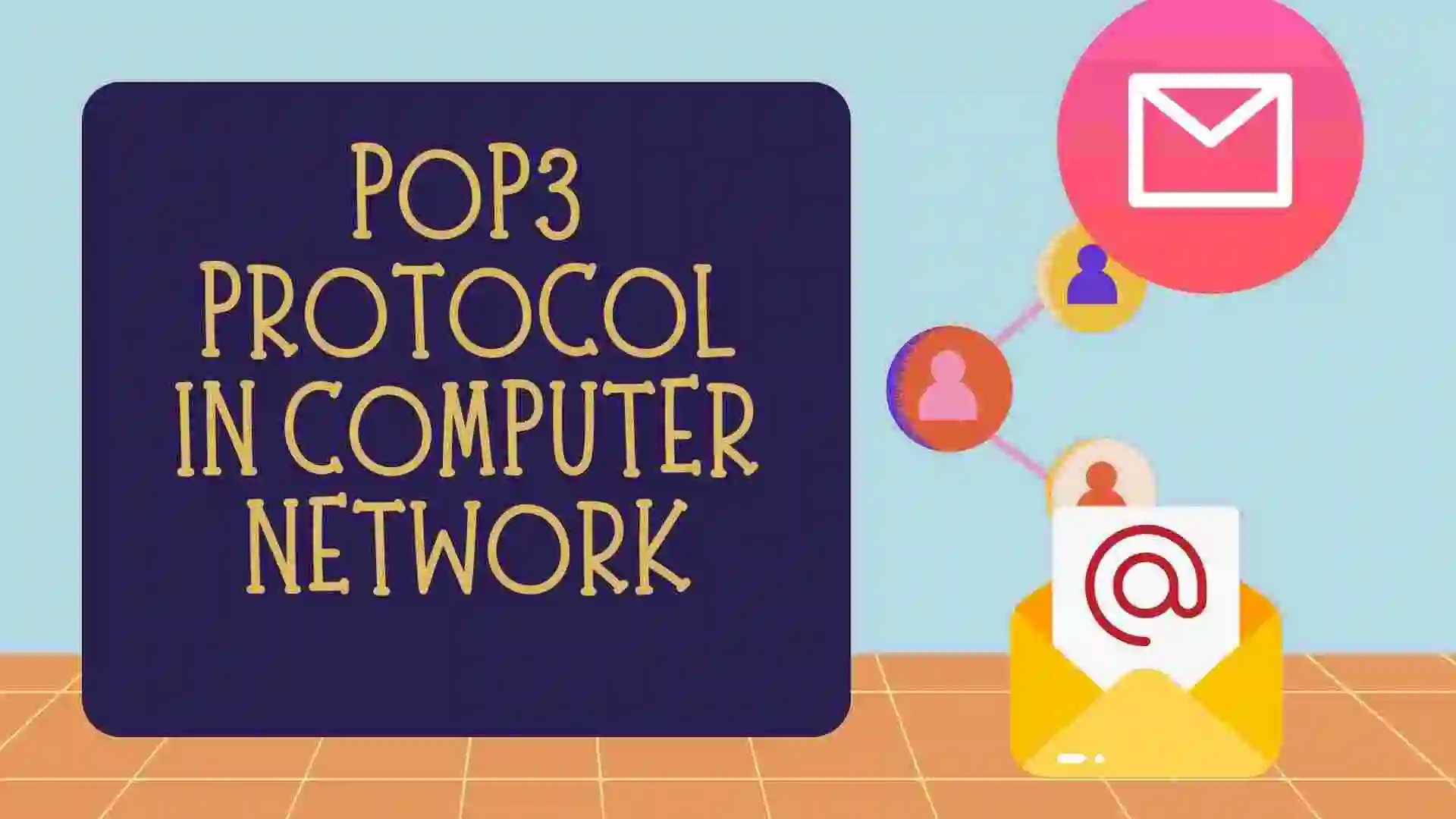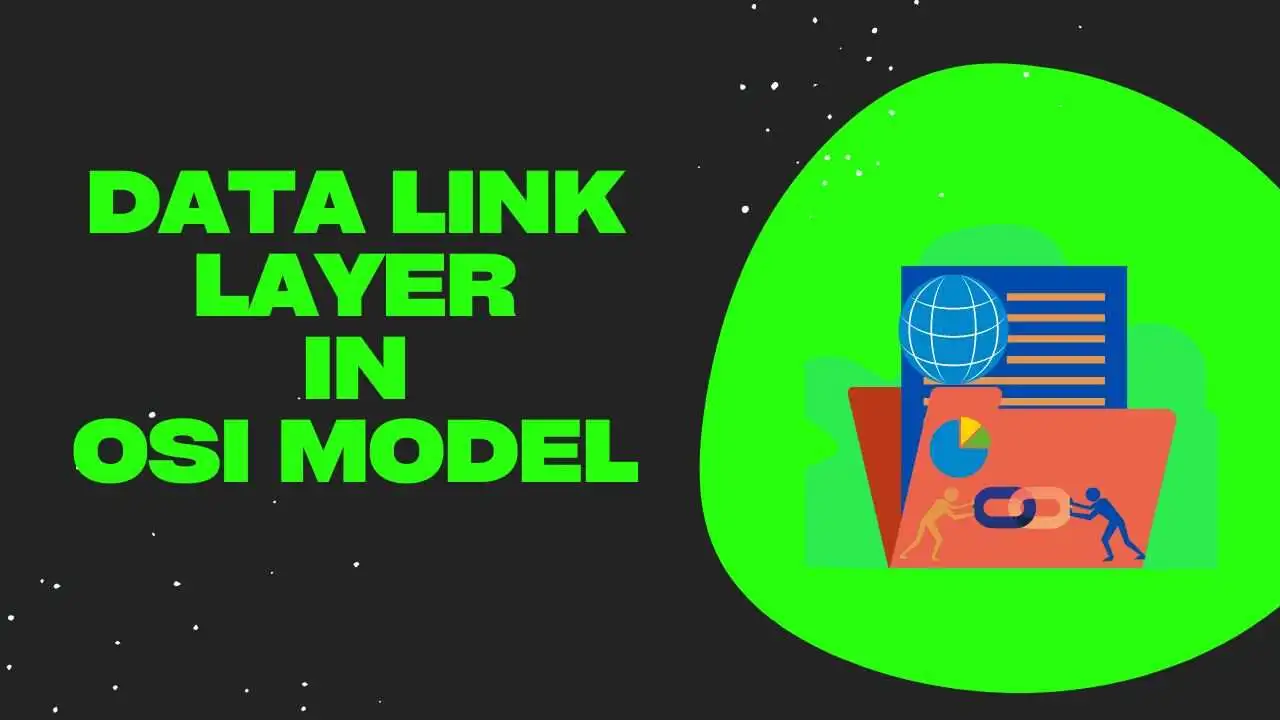In this blog, we will learn about the GLBA Cyber Security Law. We will see the definition, provisions, and purpose of the GLBA Law. We will also see the three main elements of the GLBA Cyber Security Law. So let’s get started with the blog.
Table of Contents
- Introduction to GLBA (Gramm-Leach-Bliley Act)
- Provision of GLBA Law
- Purpose of GLBA Law
- Benefits of GLBA Law
- 3 Key Rules to Understand GLBA
- Conclusion
- FAQ
- Recent Articles on Computer Networks
- Blogs Related to Cyber Security
Introduction to GLBA (Gramm-Leach-Bliley Act)
The GLBA (Gramm-Leach-Bliley Act), also known as the Financial Services Modernization Act of 1999, is a United States federal law that addresses the privacy and security of consumers’ personal financial information. Enacted on November 12, 1999, the GLBA is designed to regulate the financial industry’s handling of nonpublic personal information and promote consumer privacy while allowing for increased competition among financial service providers.
Provision of GLBA Law
The GLBA consists of three main provisions, each focusing on a different aspect of consumer financial data protection:
A) Privacy Rule:
The Privacy Rule of the GLBA requires financial institutions to inform consumers about their privacy practices, disclose the sharing of nonpublic personal information with third parties, and give customers the opportunity to opt out of such sharing. Financial institutions are required to provide privacy notices to customers upon establishing a customer relationship and annually thereafter.
B) Security Rule:
The Security Rule of the GLBA mandates that financial institutions implement safeguards to protect the security and confidentiality of customer information. These safeguards involve assessing risks, designing and implementing a comprehensive security program, and regularly monitoring and adjusting the program to address emerging threats.
C) Pretexting Provisions:
The Pretexting Provisions of the GLBA prohibit the practice of pretexting, which involves obtaining personal financial information under false pretenses. It makes it illegal to use false pretenses, fraudulent statements, or impersonation to access someone’s personal financial data.
The GLBA applies to a wide range of financial institutions, including banks, credit unions, insurance companies, securities firms, and other entities that offer financial products and services. It emphasizes the importance of consumer trust in the financial industry and seeks to ensure that individuals’ personal financial information is handled responsibly and securely.
Non-compliance with the GLBA can result in significant penalties, including fines and legal actions. Financial institutions are required to establish and maintain comprehensive privacy and security programs to protect consumer information, educate their employees about privacy practices, and regularly assess and adjust their data protection measures to address changing risks and technologies.
Purpose of GLBA Law
The Gramm-Leach-Bliley Act (GLBA), also known as the Financial Services Modernization Act of 1999, serves several important purposes related to consumer privacy, financial industry regulation, and the security of personal financial information. Its primary purposes include:
A) Consumer Privacy Protection:
One of the central purposes of the GLBA is to enhance the protection of consumers’ personal financial information. The law requires financial institutions to establish and maintain privacy policies that inform consumers about how their nonpublic personal information is collected, used, and shared. Consumers have the right to know how their data is handled and have the opportunity to opt out of having their information shared with certain third parties.
B) Promotion of Transparency:
The GLBA promotes transparency by requiring financial institutions to provide clear and easily understandable privacy notices to their customers. These notices outline the institution’s information-sharing practices and consumers’ rights to control the sharing of their data.
C) Security of Financial Data:
The GLBA recognizes the importance of safeguarding personal financial information from unauthorized access, theft, and misuse. The Security Rule within the GLBA mandates that financial institutions implement comprehensive security programs to protect customer data. This includes assessing risks, developing and implementing security measures, and regularly monitoring and adjusting security practices to address emerging threats.
D) Prevention of Pretexting:
Pretexting involves using fraudulent means to gain unauthorized access to someone’s personal information. The GLBA includes provisions that make pretexting illegal, helping prevent unauthorized access to personal financial data and identity theft.
E) Strengthening Consumer Trust:
By requiring financial institutions to establish strong privacy and security measures, the GLBA aims to enhance consumer trust in the financial industry. When consumers are confident that their personal financial information is being handled responsibly and securely, they are more likely to engage in financial transactions and services.
F) Balancing Consumer Privacy and Business Interests:
The GLBA seeks to strike a balance between consumer privacy concerns and the competitive interests of financial institutions. It recognizes the importance of allowing financial service providers to share information that facilitates business operations while ensuring that consumers have control over how their information is shared.
G) Regulation of the Financial Industry:
The GLBA contributes to the regulatory framework governing the financial services industry. It provides a set of rules and guidelines that financial institutions must follow to ensure consumer privacy and data security, thereby contributing to a more regulated and responsible financial industry.
H) Flexibility for Innovation:
While emphasizing consumer protection, the GLBA also aims to allow for innovation and competition within the financial services sector. It recognizes the importance of information-sharing practices that can lead to the development of new financial products and services.
In summary, the GLBA was enacted to safeguard consumer privacy, promote transparency, enhance the security of personal financial information, prevent identity theft, and strike a balance between consumer rights and business interests in the financial industry. It has played a significant role in shaping privacy and security practices within the financial services sector and has contributed to maintaining consumer trust in the industry.
Benefits of GLBA Law
The primary benefits of GLBA are centered around the protection of consumers’ personal financial information and fostering trust in the financial services sector:
A) Enhanced Consumer Privacy:
The GLBA mandates that financial institutions establish and disclose privacy policies and practices to their customers. This ensures that consumers are aware of how their personal financial information is collected, used, and shared.
B) Protection of Non-public Personal Information (NPI):
Financial institutions are required to protect the non-public personal information (NPI) of their customers. This helps prevent unauthorized access, sharing, or misuse of sensitive financial data.
C) Security Safeguards:
The GLBA requires financial institutions to implement information security programs that include administrative, technical, and physical safeguards to protect customer data. This promotes the overall security of financial systems and reduces the risk of data breaches.
D) Establishment of Privacy Notices:
Financial institutions must provide initial and annual privacy notices to their customers, informing them of the institution’s privacy policies and their right to opt out of certain information-sharing practices.
E) Consent for Information Sharing:
The GLBA ensures that customers have the right to limit the sharing of their personal financial information with non-affiliated third parties. Customers must explicitly opt-in or opt out of such data sharing.
F) Consumer Confidence and Trust:
By implementing measures to safeguard personal financial information and being transparent about data practices, GLBA contributes to building trust and confidence among consumers in the financial services sector.
G) Promotion of Good Business Practices:
Compliance with the GLBA necessitates that financial institutions establish sound data management practices, encouraging good governance and responsible handling of customer information.
H) Enforcement and Accountability:
Regulatory agencies, such as the Federal Trade Commission (FTC) and relevant banking regulators, enforce GLBA compliance. This holds financial institutions accountable for adhering to the law and protecting customer data.
I) Reduction of Identity Theft and Fraud:
By strengthening privacy and security measures, GLBA helps reduce identity theft and fraudulent activities associated with unauthorized access to personal financial data.
J) Global Competitiveness:
Compliance with GLBA regulations positions U.S. financial institutions as responsible and reliable partners, enhancing their competitiveness in the global financial marketplace.
Overall, the Gramm-Leach-Bliley Act seeks to strike a balance between the privacy rights of consumers and the legitimate business needs of financial institutions while promoting a secure and trustworthy financial environment.
3 Key Rules to Understand GLBA
Understanding the Gramm-Leach-Bliley Act (GLBA) involves grasping its fundamental rules and principles related to consumer privacy and data security in the financial industry. Here are three key rules that encapsulate the essence of GLBA:
- Privacy Rule: The Privacy Rule under GLBA mandates financial institutions to provide customers with clear and concise notices about their privacy policies and practices regarding the collection, sharing, and safeguarding of non-public personal information (NPI). Financial institutions must inform customers of their rights to opt out of certain data-sharing practices and must specify the categories of information shared with non-affiliated third parties. This rule ensures transparency and empowers customers to make informed decisions regarding the sharing of their financial information.
- Safeguards Rule: The Safeguards Rule requires financial institutions to develop, implement, and maintain a comprehensive information security program to protect the confidentiality and integrity of customer information. This program should include administrative, technical, and physical safeguards to ensure the security of customer data. Financial institutions are required to assess risks, design and implement safeguards accordingly, train employees, and regularly monitor and adjust the program in response to changes in technology, threats, and operations. The goal is to prevent unauthorized access, use, or disclosure of sensitive customer information.
- Pretexting Provisions: The Pretexting Provisions of the GLBA prohibit the practice of pretexting, which involves obtaining customer information through false pretenses, including fraudulent or deceptive methods. Financial institutions are prohibited from accessing customer account information without proper authorization and verification of the customer’s identity. This rule aims to combat identity theft and unauthorized access to personal financial information by establishing strict guidelines for obtaining and using customer data.
Understanding these core rules of the GLBA is essential for financial institutions to comply with the law and uphold the privacy and security of their customer’s financial information. Compliance with GLBA not only ensures legal adherence but also builds trust and confidence among customers in the financial services sector.
Conclusion
Overall, the Gramm-Leach-Bliley Act is a significant piece of legislation that plays a crucial role in safeguarding the privacy and security of consumers’ personal financial information while allowing for continued growth and innovation within the financial services sector.
Note: This blog is referenced or taken from the Fortra.
FAQ
The GLBA (Gramm-Leach-Bliley Act), also known as the Financial Services Modernization Act of 1999, is a United States federal law that addresses the privacy and security of consumers’ personal financial information. Enacted on November 12, 1999, the GLBA is designed to regulate the financial industry’s handling of nonpublic personal information and promote consumer privacy while allowing for increased competition among financial service providers.
GLBA stands for Gramm-Leach-Bliley Act.
Privacy Rule: The Privacy Rule under GLBA mandates financial institutions to provide customers with clear and concise notices about their privacy policies and practices regarding the collection, sharing, and safeguarding of non-public personal information (NPI).
Safeguards Rule: The Safeguards Rule requires financial institutions to develop, implement, and maintain a comprehensive information security program to protect the confidentiality and integrity of customer information.
Pretexting Provisions: The Pretexting Provisions of the GLBA prohibit the practice of pretexting, which involves obtaining customer information through false pretenses, including fraudulent or deceptive methods.
Recent Articles on Computer Networks
- Introduction to Computer Networking | What is Computer Network
- What are Topology & Types of Topology in Computer Network
- What is FootPrinting in Cyber Security and its Types, Purpose
- Introduction to Cloud Computing | What is Cloud Computing
- Distributed Shared Memory and its advantages and Disadvantages
- What is VPN? How doe VPN Work? What VPN should I use?
- What is an Internet and How the Internet Works
- What is a Website and How Does a Website or web work?
- Introduction to Virus and different types of Viruses in Computer
- What is TCP and its Types and What is TCP three-way Handshake
- What is UDP Protocol? How does it work and what are its advantages?
- What is an IP and its Functions, What is IPv4 and IPv6 Address
- What is MAC Address and its Types and Difference MAC vs IP
- What is ARP and its Types? How Does it Work and ARP Format
- Sessions and Cookies and the Difference Between Them
- What is ICMP Protocol and its Message Format?
- What is Big Data? Characteristics and Types of Big Data
- Disciplines of CyberSecurity | What are the goals of CyberSecurity?
- What is Firewall, Features, Types and How does the Firewall Work?
- Network Scanning, Types, and Stealth Scan in Computer Network
- Cryptography and its Types in Ethical Hacking
- Tor Browser and How does it Work | Onion Router Tutorial
- Proxy Server, Advantages, Difference between Proxy Server & VPN
- DHCP Protocol and What Are the Pros and Cons of DHCP
- Intrusion Detection System(IDS) and What are the types of IDS
- Domain Name Server, How Does It Work, and its advantages
- Telnet: Introduction, How Does it Work, and Its Pros and Cons
- SOC: Introduction, Functions performed by SOC, and its Pros
- What is SIEM? | What is the Difference between SIEM and SOC?
- Application Layer in OSI Model | OSI Model Application Layer
- What is SSL Protocol or SSL/TLS and SSL Handshake, and Architecture of SSL




